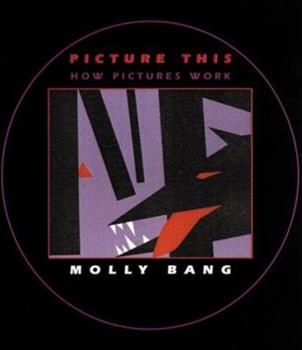
Most of the time I use visual literacy as a lens through which to teach other subjects. It levels the playing field for English language learners and emerging readers. It requires paraphrasing when I demand text evidence. It builds critical thinking skills. My list can go on and on. Sometimes though, the interplay between art and emotion is the lesson.
29 years ago, Molly Bang published the authoritative book on how pictures make us feel in her now classic, Picture This: How Pictures Work. Over the years it has become my go to guide for breaking down how color, shape, and placement impact a viewers perception and emotion.
I am preparing to start a series of lessons with my 6th grade students on decoding advertising as part of a larger media literacy unit. I used her illustrations and examples creating scenes from Little Red Riding Hood in four colors and a few basic shapes to walk students step by step through how we are impacted by these elements when we look at art. This year, thanks to the pandemic, I am pushing into classrooms. In all four 6th grade sections, core subject teachers put down their own work, and watched my lesson in rapt attention, each surprised by their own reactions to these art elements. Two of them asked me for more information on this topic after the class. The experience served as a reminder to me that my own teaching bible may not be a part of someone else’s canon. For you, dear reader, if you have never looked at this book, pick up a copy and peruse the first section. It may change the way you see everything

